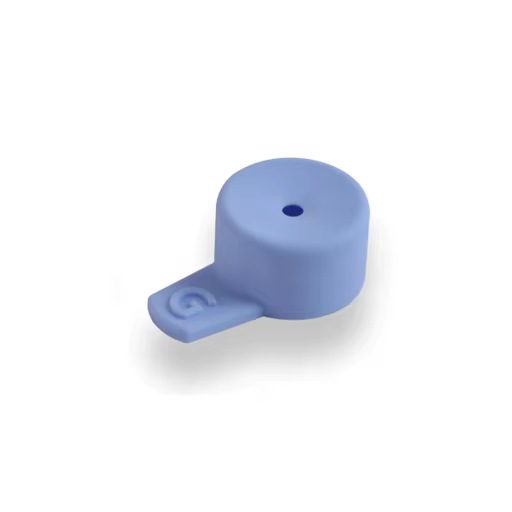The word "silicone" often makes us think of kitchen tools or gadget cases, but have you thought about how significant it is in healthcare sector? From surgical implants to wearable device, silicone stands out for its biocompatibility because it works safely with the human body. This, ultimately, is the reason behind its extensive use in healthcare applications.
How the Body Responds to Silicone
Have you realized your immune system always respond whenever something unfamiliar touches your skin or body? since the immune system's purpose is to protect the body from harm. So, what happens when the body comes into contact with silicone? The benefits of silicone is that it is generally well-accepted by the body and is biocompatible. It aids the body in avoiding common reactions like edema, redness and irritation. Doctors rely on stringent testing to ensure silicone stays safe in patches, catheters, and implants though in rare cases, patients may experience slight pain.
Regulatory Approvals and Clinical Safety
Here's the real question: is silicone truly safe? Yes, it is, it undergoes comprehensive safety evaluations before medical use. The FDA, EMA, and other agencies conduct thorough reviews on silicone's long-term effects focusing on allergic reaction, irritation, and durability in the body. To be sure, manufacturers conduct clinical trials, where doctors carefully tracking patients for any side effects. The data confirms, silicone proven safety over decades of medical applications.
The Science Behind Silicone’s Success
What makes silicone unique? Unlike plastics, which are made from carbon, silicone is built from oxygen and silicon. As a result, silicone provides softness, stability, and hazard free. Silicone is inert, so it stays calm in the body, which helps prevent allergic reaction and swelling. Best of all, it's breathable, allowing vapor transmission while preventing fluid and bacterial penetration, making it suitable for implants, wound dressings, and medical wearables.

 EN
EN
 CN
CN
 AR
AR
 HR
HR
 CS
CS
 DA
DA
 NL
NL
 FI
FI
 FR
FR
 DE
DE
 EL
EL
 IT
IT
 JA
JA
 KO
KO
 NO
NO
 PL
PL
 PT
PT
 RO
RO
 RU
RU
 ES
ES
 SV
SV
 IW
IW
 ID
ID
 LV
LV
 SR
SR
 UK
UK
 VI
VI
 ET
ET
 HU
HU
 TH
TH
 TR
TR
 FA
FA
 AF
AF
 MS
MS
 GA
GA
 CY
CY
 MK
MK
 KA
KA
 UR
UR
 BN
BN
 MN
MN

